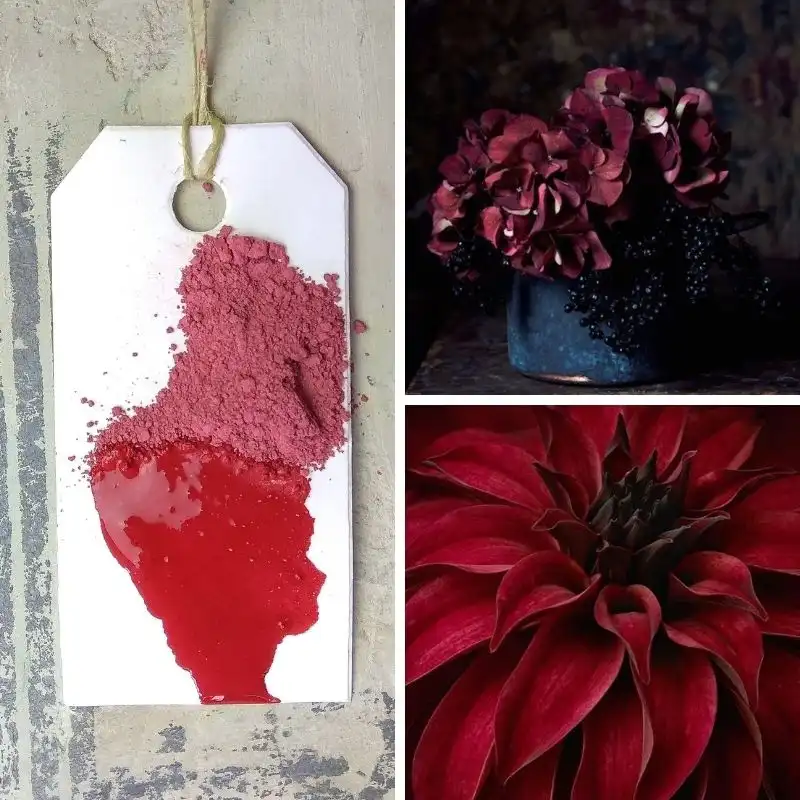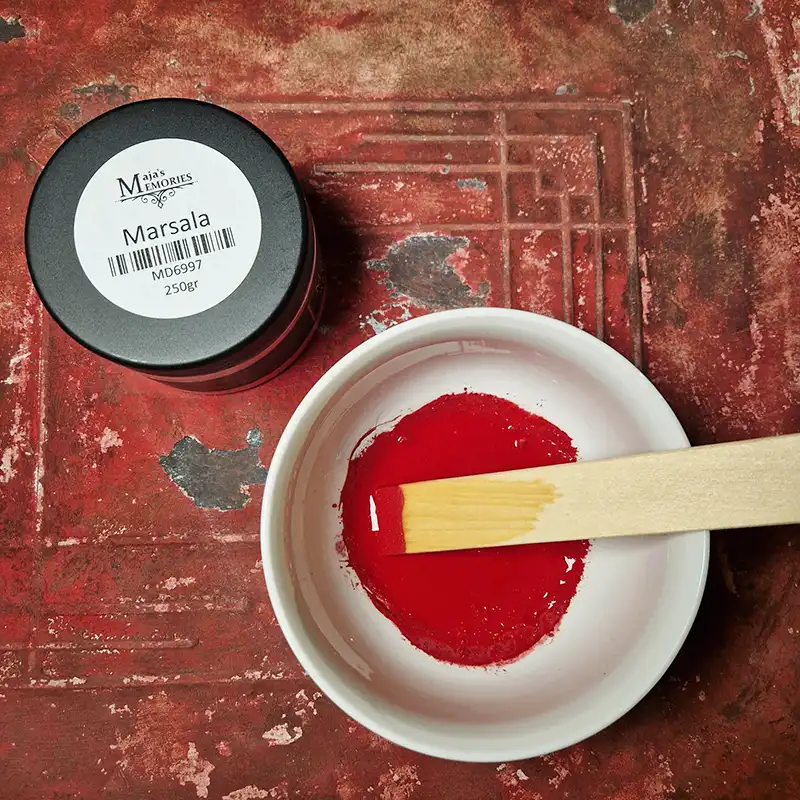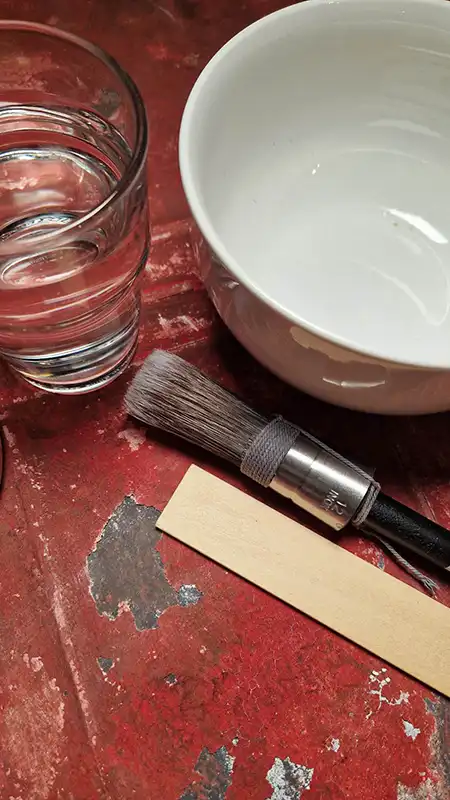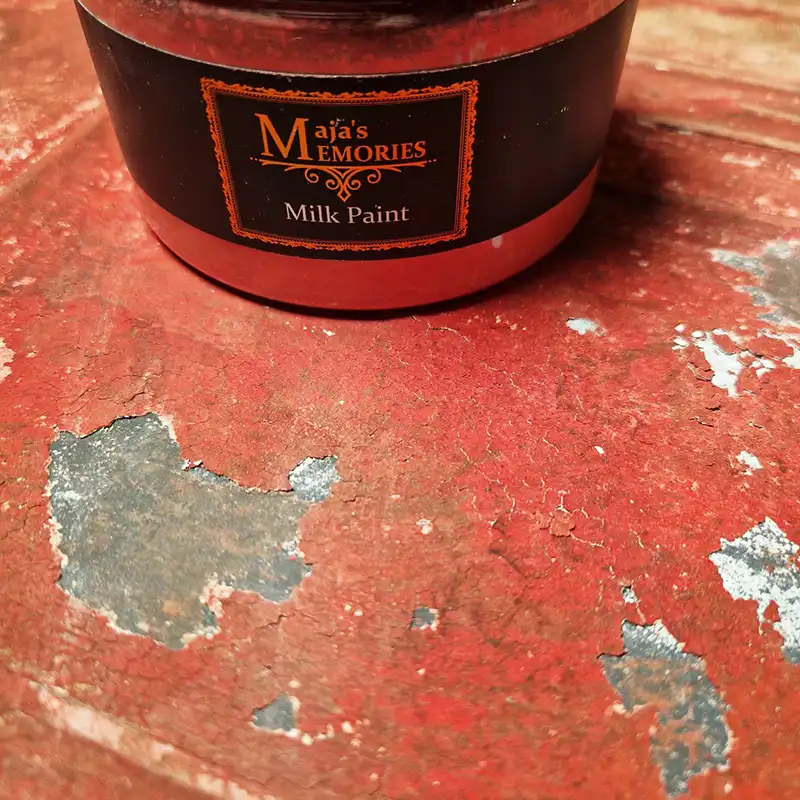How to work with Milk-Paint
Milk paint is actually called casein paint and nowadays it is also referred to as milk paint. The base of this paint is casein, a protein group that is found in milk. When combined with alkaline substances, casein acts as a binder, just like in milk. Typically, milk paint also contains additional ingredients such as chalk, clay, lime, and iron oxide pigments, which are colloquially referred to as food colors. They are approved as food additives under the designation E 172.



Before the emergence of acrylic paints, milk paint was commonly used in almost all cultural communities because it was particularly inexpensive to produce. Its components could be easily obtained by any craftsman anywhere. White milk paint was especially popular because people could use slaked lime as a pigment to achieve a white color. Other color shades could be achieved by adding earth pigments.
Majas Memories
Milk Paint: A color with exceptional luminosity.

When wood is painted with milk paint, it creates a distinctive appearance. The reason is that the components of the paint are relatively coarse, resulting in a slightly textured surface. This texture adds depth to the overall look, and the colors appear more vibrant compared to other types of paint. Milk paint adheres well to wood surfaces and penetrates deeply into open-pored and raw wood layers. It can be applied thinly, allowing the wood grain to show through like a stain. After multiple coats, it provides opaque coverage.
Milk Paint is indeed an ideal paint for achieving a vintage look. Here are some applications and techniques to create that desired vintage aesthetic:
For Majas Memories’ Milk Paint, you don’t need an EXTRA-BOND (adhesion promoter). However, a primer (such as their Black or White GESSO) should be applied beforehand. The paint is then mixed only with water. TIP: To achieve better control and avoid wasting powder, it’s recommended to use a spray bottle for easier dosing.
ATTENTION: The powder is hygroscopic, which means it absorbs moisture from the environment. Therefore, always store the containers tightly closed.
The paint is easy to work with but has the disadvantage of drying very slowly. Therefore, it is generally recommended to wait for a day after each coat before applying additional techniques and/or products. Sealing is generally necessary. You can use a commercially available sealer and/or wax, with the spray can sealant being the most suitable for this purpose.
If you have any questions, please feel free to contact us at info@vintage-designer.eu. Enjoy your painting experience!

0 Comments